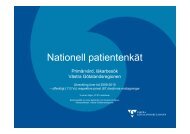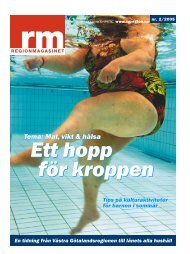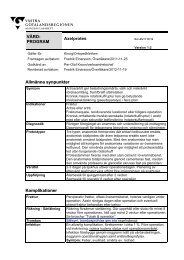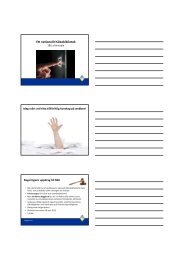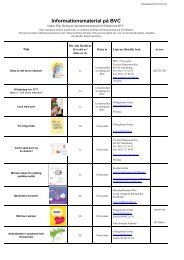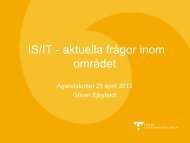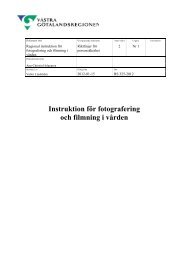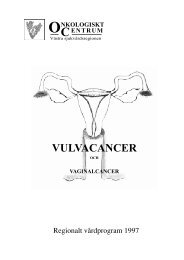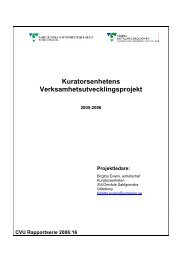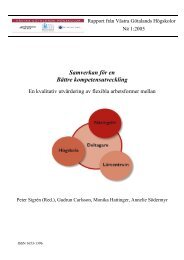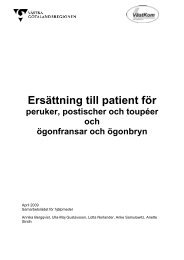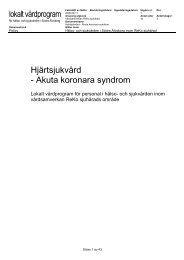FOURTEENTH ANNUAL EUROPEAN PRESSURE ULCER ...
FOURTEENTH ANNUAL EUROPEAN PRESSURE ULCER ...
FOURTEENTH ANNUAL EUROPEAN PRESSURE ULCER ...
You also want an ePaper? Increase the reach of your titles
YUMPU automatically turns print PDFs into web optimized ePapers that Google loves.
Thursday September 1st<br />
INTRODUCTION<br />
Proceedings of the 14th Annual European Pressure Ulcer Meeting<br />
Oporto, Portugal<br />
Validation and implementation of the Braden Q Scale<br />
Miguéns Cristina 1* , Ferreira Pedro 2<br />
1* Community Health Centre Figueira da Foz, Portugal, cristina.miguens67@gmail.com<br />
2 CEISUC,Portugal<br />
Many are the pressure ulcer risk assessment tools<br />
available for adult patients, valid and reliable.<br />
For paediatric population there are just a few<br />
tools, and in Portugal none is valid.<br />
To remedy this, we translate and validate the<br />
Braden Q scale for Portuguese paediatric<br />
population.<br />
OBJECTIVES: The purpose of this study was to:<br />
( 1) establish the predictive validity of Braden Q<br />
Scale for the Portuguese paediatric population;(2)<br />
determine the critical cut-off point for classifying<br />
children risk; (3)evaluate the prevalence and<br />
incidence rates during the all study<br />
METHODS: Multisite prospected cohort<br />
descriptive study. Sample of 263 children<br />
inpatient for at least 24 hours without pre-existing<br />
pressure ulcers or congenital heart disease, were<br />
enrolled from 4 wards ( Intensive Care Unit,<br />
Medicine, Surgery, Orthopaedics /<br />
Neurosurgery).The Braden Q score and Skin<br />
Assessment were independently rated and data<br />
collectors were blind to the other measures.<br />
Children were observed at each 48 hours, until<br />
discharge.<br />
Four prevalence studies were taking during the all<br />
study: 1 study, before start the application of the<br />
Braden Q and Skin Assessment.<br />
RESULTS:<br />
15 children developed pressure ulcers during the<br />
study (incidence rate = 5,7%).<br />
Most pressure ulcers (60%) developed at the third<br />
observation.<br />
The cut-off point of 22 for the paediatric<br />
Portuguese population, the sensitivity was 0,89<br />
and the specificity was 0,64.<br />
Interrater reliability between the coordinator<br />
group and local researchers was evaluated twice<br />
79<br />
during the study and the agreement is quite good<br />
for all subscales > 0,72 , except to subscale<br />
Moisture.<br />
The prevalence study demonstrates a decreased in<br />
the number of pressure ulcers, particularly<br />
following the use of the Braden Q scale and the<br />
Skin Assessment instrument.<br />
Actually , there are several Portuguese hospitals,<br />
paediatrics and no paediatrics, using the Braden Q<br />
scale, for the paediatric population.<br />
Copyright © 2011 by EPUAP



